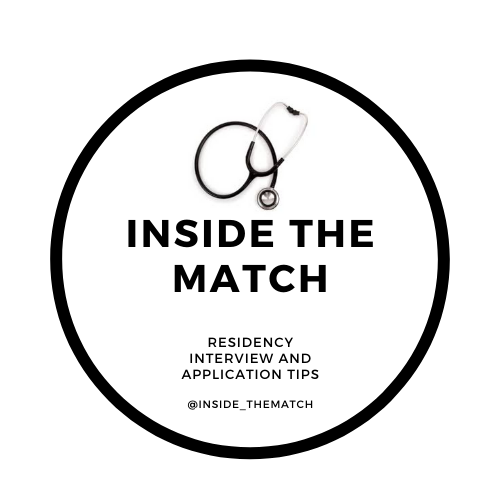How to Transfer Residency Programs
Written by Summer Bailey, MD
There are many different reasons that people transfer programs: to get closer to family, because a residency program isn’t serving their needs, or sometimes people switch to a different specialty. Regardless of the reason, transferring residency programs happens often in the world of medicine but is very different from finding a position through the categorical match. I recently went through the process and here are some tips and tricks that I used to successfully find an open position.
1. Be prepared- when switching from your residency program to another program, you will have to explain why you are making the switch. Be sure that you want to leave your current program but also ensure that you have a new program that you can transfer into. There is a chance that, if you prematurely make this decision, you may not be able to find a new position and risk burning bridges in your current program. Positions become vacant as current residents leave their program, so it will take time to find a new program that you are looking to join.
2. Know how to look up vacant residency program positions- Unlike the categorical match where you are essentially applying to all open PGY1 positions, there is no singular database for open positions that exist for all OBGYN levels. However, there are several resources that you can use to find open positions. Certain specialties have a website that lists open positions (i.e., Clearinghouse for OBGYN, APDS for general surgery). Inside The Match publicizes opportunities they hear about as well. One of the best ways to find out about open positions is word of mouth: especially as a position becomes unexpectedly vacant, your network or social media groups may be able to notify you of an open position by word of mouth or through online forums. There are multiple positions open for multiple years and depending on your current PGY year, you can switch into any of them that is equivalent to your current year and specialty.
3. Update your CV and application, and have an email ready to send to programs- make sure to include your time in residency on your CV. More importantly, make sure to include whatever statistics to your program exist- procedure numbers, in-service exam scores, evaluations. Your program coordinator has your file and will be integral in sending these documents to you and/or the new program you apply to. I also had an email drafted that I would send to programs explaining who I was and my desire to transfer into a new program. Sending the application in one pdf form is ideal, but if you are unable to, make sure all attachments are linked to the email that you send to the program.
4. Have a strategy in how you apply to programs- are you applying to a certain geographical region or would you be happy anywhere? Do you have multiple openings you could apply to, and there's a specific one you want over the others? You can either send out your application emails at one time, or maybe apply to the open positions you prefer over others first, and then do the others later. Even though you aren't applying to as many positions, having a method to how you send out your contacts is crucial because you could be faced with multiple responses at once and have to prioritize which you respond to.
4. Be patient- after any contact with programs, be patient. Since the positions are filled over time, there is a chance that many of the positions you reach out to will be filled. Additionally, after interviewing with a program, there will be some time when the program is evaluating you to determine if you are a good fit for the empty position. The review process for a transferring resident is also different from the categorical match. Make sure to stay in touch as you can but wait on their decision
5. Take initiative- show the new program(s) that you are applying to that you are serious about joining their new program. Whether that means speaking with multiple attendings and residents from the institution, going to the hospital for a visit, or making it known during your interview or in your personal statement why you want to join their program, take initiative.
6. Once you review an offer, accept it (if you want) and celebrate- the process once you receive a contract moves very quickly. Make sure to sign your contract with your new program, let your old program know you are leaving, and properly celebrate! Get prepared for the next steps of moving, getting acclimated to a new program, and learning a new system. But if you've done it once before, you can do it again. Best of luck!

